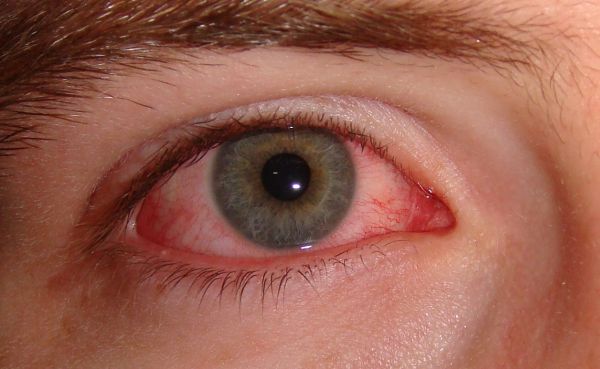
Pink eye is also called as conjunctivitis. It is a common eye infection or ailment that affects many people around us. Pink eye is the conjunctiva inflammation that is caused due to many factors like bacteria, allergy or a viral infection. Pink eye disease is although not considered much serious. However in case if it tends to be contagious, it can easily pass on from one person to another.
Types of pink eye diseases
You can take an appropriate treatment for a pink eye disease after your doctor pre-determines the kind of eye disease that you are suffering from. There will be many questions asked by your doctor relating to the symptoms that will help him determine the type of eye infection that you are inflicted with.
1. Viral conjunctivitis: This eye infection is contagious type and relates directly to the cold and respiratory infections. It accumulates light discharge and excessive water in and around the eyes. It is commonly observed in small children’s than in the adults.
2. Papillary conjunctivitis: It is caused due to entry of a foreign object into an eye. It is more commonly observed after an eye surgery or due to a frequent usage of contact lens.
3. Allergic conjunctivitis: This is caused by a direct reaction to a foreign substance or pollen. It causes eye redness, tearing, swelling and itching in the eyes. A white mucus discharge tends to get accumulated in and around the eyes in case of an allergic eye infection.
4. Bacterial conjunctivitis: The root cause of this conjunctivitis is bacteria. It produces a discharge that is much thicker and yellowish green in color. It is again more commonly observed in children and is considered as an contagious eye infection.
5. Chemical conjunctivitis: It is caused by a chemical splash into the eyes more commonly chlorine. In response to it, your eyes may discharge the mucus due to a direct entry of a chemical agent into your eyes.
Causes of a pink eye disease
-
There are many viruses that induce a viral conjunctivitis like colds, infections of respiratory organs, sore throats, etc.
-
The root cause of a bacterial conjunctivitis is the entry of bacteria staphylococci and streptococci into the eyes.
-
Apart from this, there are many foreign substances like cosmetic drugs, fumes, and dust mites and chemical those are air-borne and cause allergic conjunctivitis.
Symptoms of a pink eye disease
One of the prominent sign of a pink eye disease is redness accompanied with inflammation, itchiness and irritation in the eyes. With the increased tears in the eyes, there is also excessive watering and frequent discharge that is green or yellow in color flowing down form the eyes.
1. Symptoms in case of viral conjunctivitis
a. Excessive watering of eyes with a usual color discharge
b. Itchiness accompanied with a eye discomfort
c. An infection that spread from one eye to another
2. Symptoms in case of bacterial conjunctivitis
a. Watering of eyes with greenish or yellow discharge
b. A feeling of irritation and itchiness
c. Spreading of infection from one eye to another
3. Symptoms in case of allergic conjunctivitis
a. Excessive tearing, itchiness, discomfort in both the infected eyes.
Treatment of a pink eye disease
Your doctor may prescribe an appropriate treatment depending upon the kind of a pink eye disease that you are suffering from. The prescription may be in the form of antibiotics, eye drops, ointments. The most common eye drop is known as Patanol that is usually prescribed for allergic pink eye disease. Many doctors recommend antihistamines that are available in the form of pills as well as in the liquid form.
1. Treatment for viral conjunctivitis: There is actually no need for any treatment for a viral conjunctivitis, however, it may be necessary in case of small children. An eye drop can reduce the effects of an eye inflammation. It is although recommended to take children to an eye specialist for a pink eye disease treatment.
2. Treatment for bacterial conjunctivitis: A discharge can be reduced by giving a warm cloth treatment to the eyes. There are antibiotic salves that are serves as a best option to eradicate the bacteria that cause this kind of conjunctivitis.
3. Treatment for allergic conjunctivitis: There are many anti-inflammatory, anti-allergy and antihistamine medicines that can relive the allergic conjunctivitis symptoms.
Preventive measures
Apart from taking proper medicines you may also need to take certain preventing measures like:
- Washing your hands more frequently. Avoid wearing contact lens at the time of infection and avoid sharing wiping items, towels or napkins especially in case of a watery discharge from the eyes.
- Prevention is thus always better alternate to avoid the spreading of any contagious eye from one person to another.




